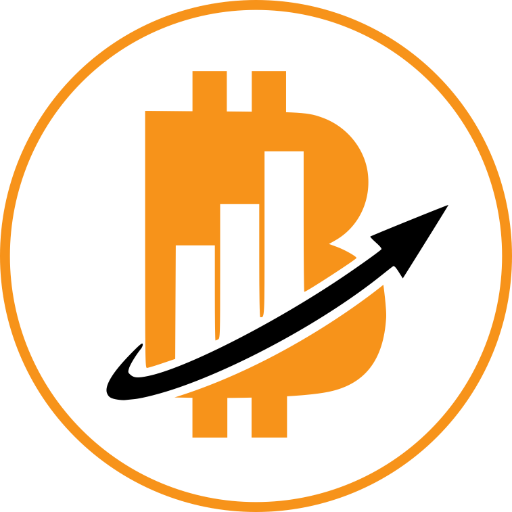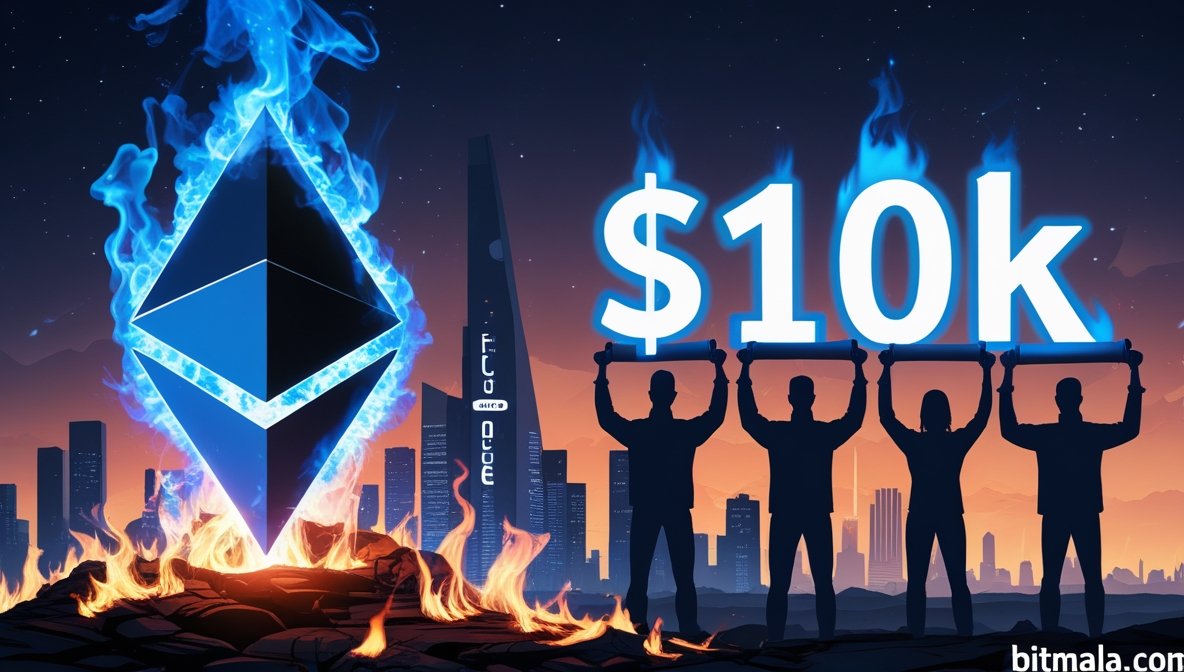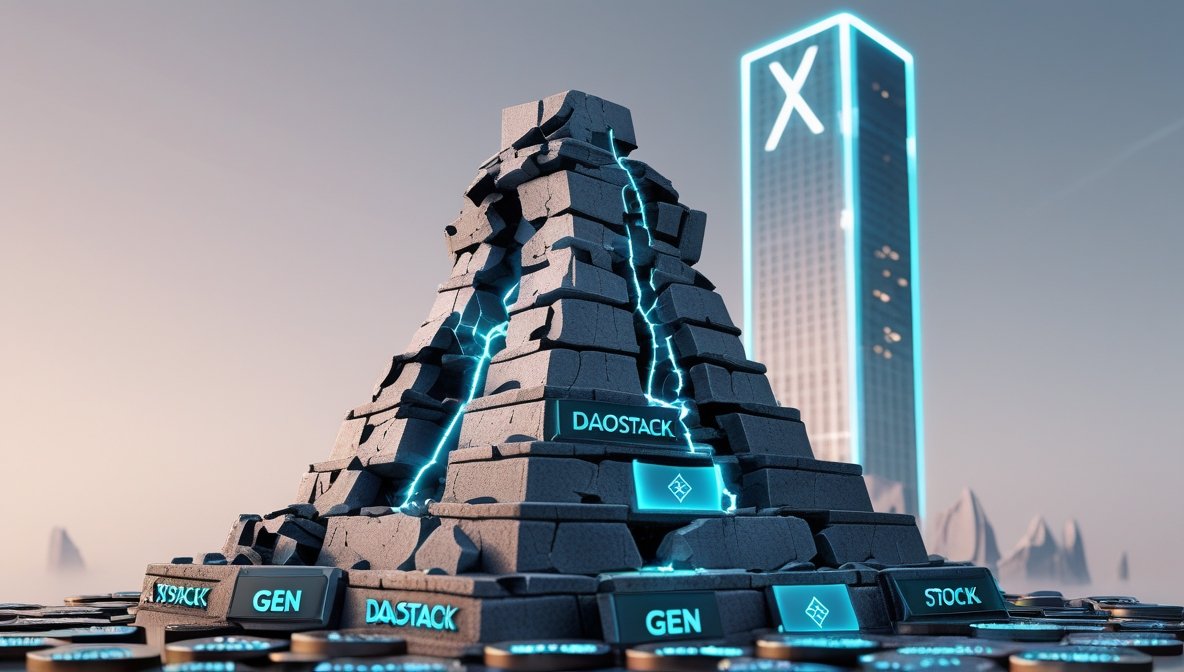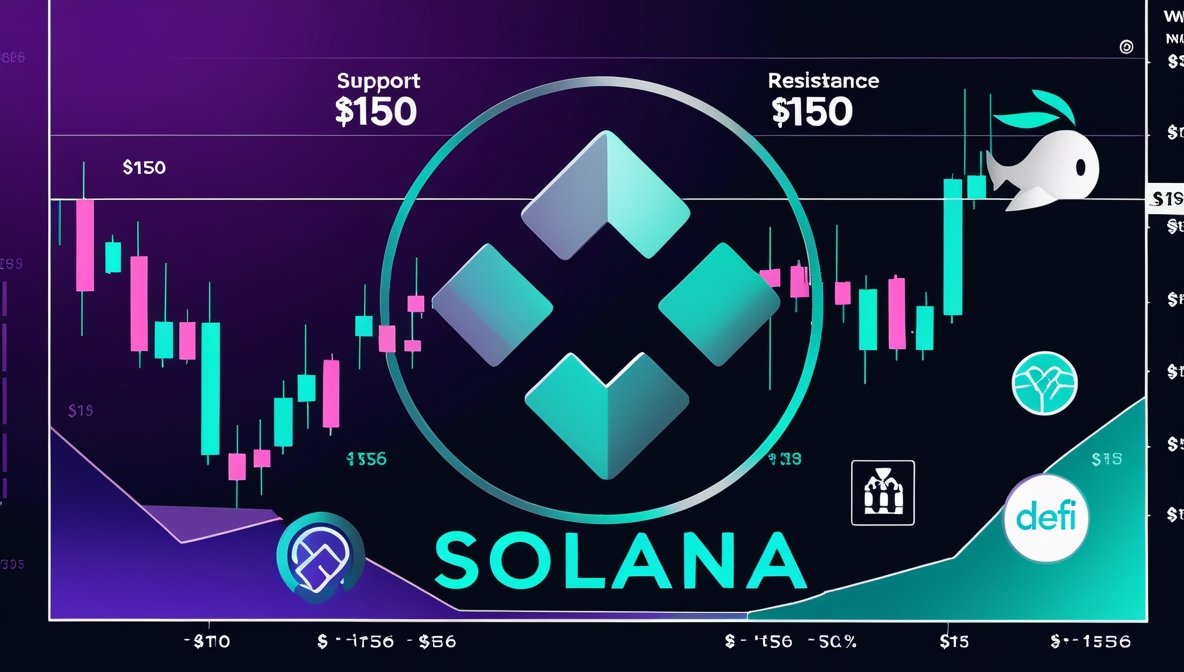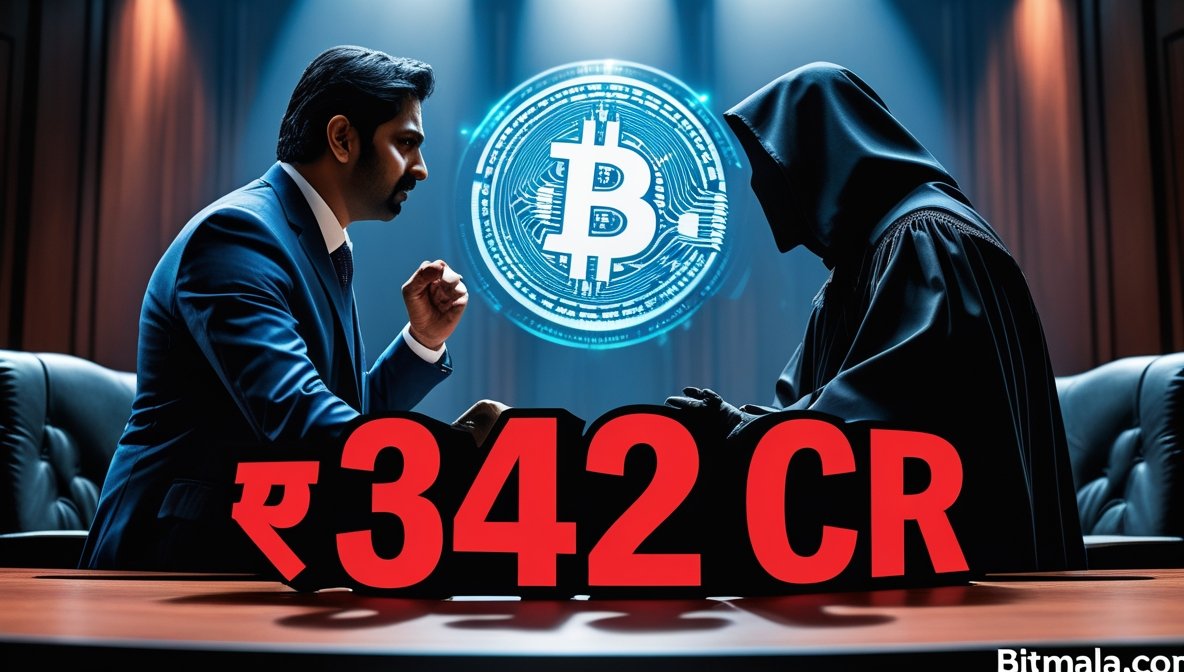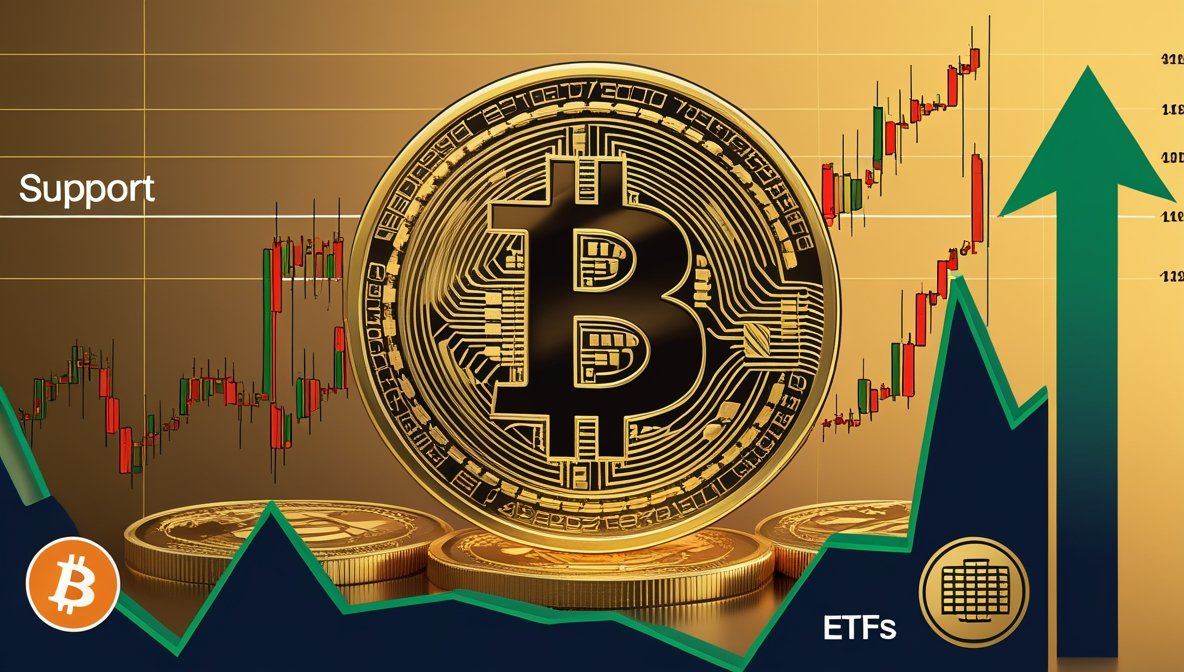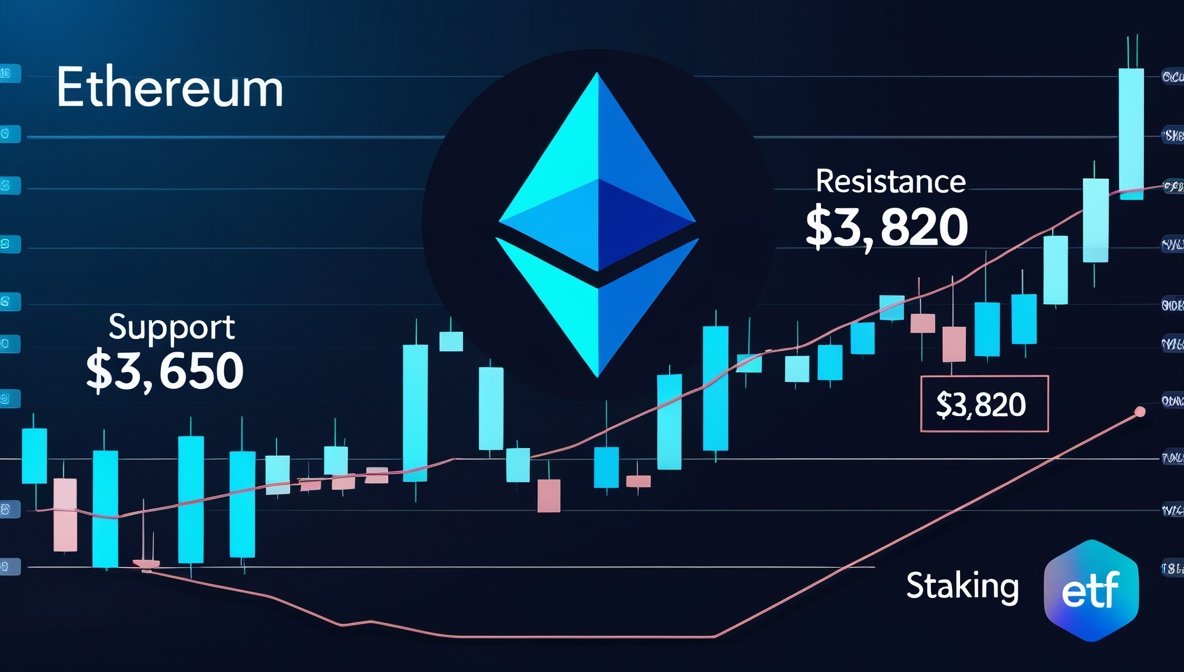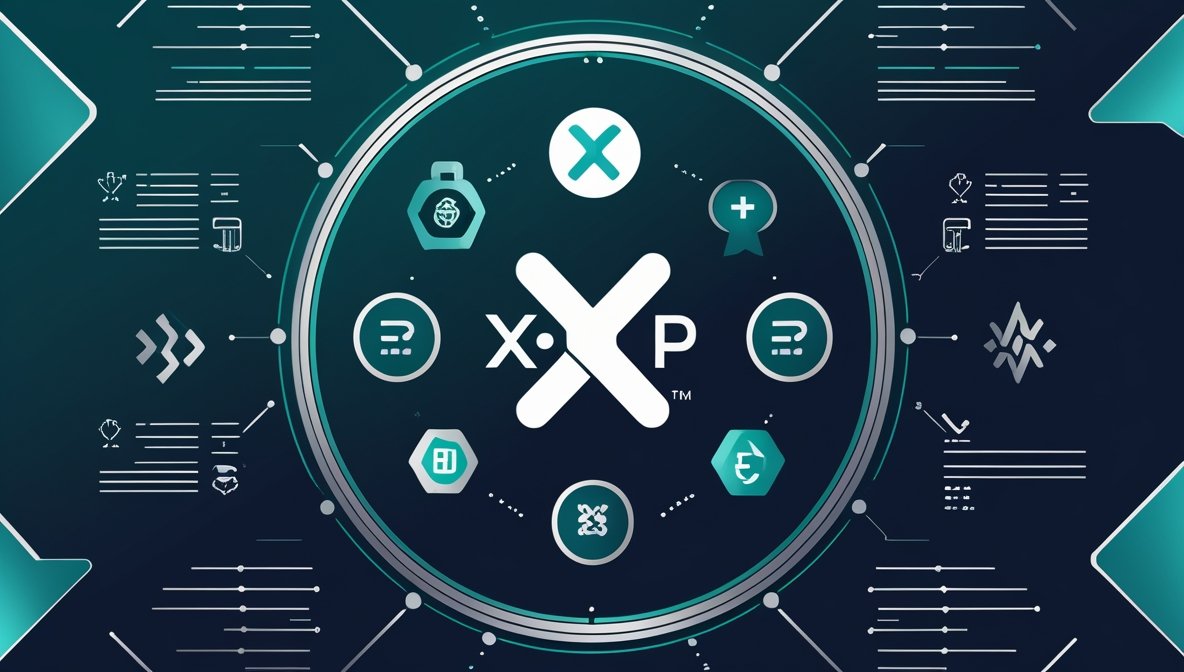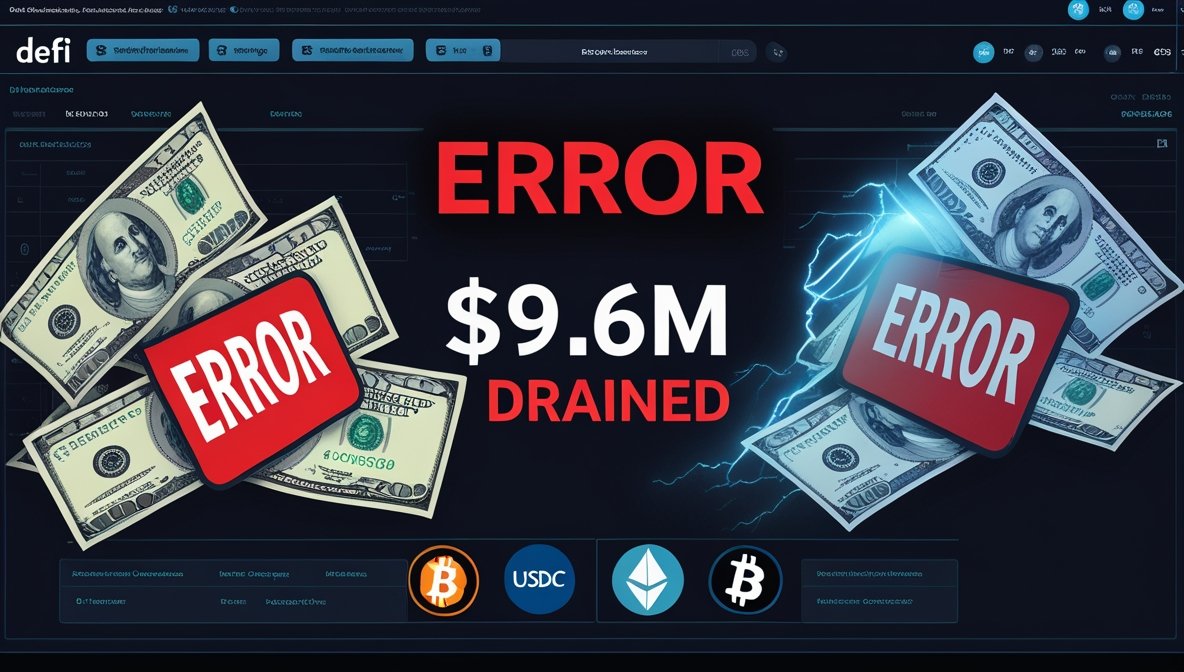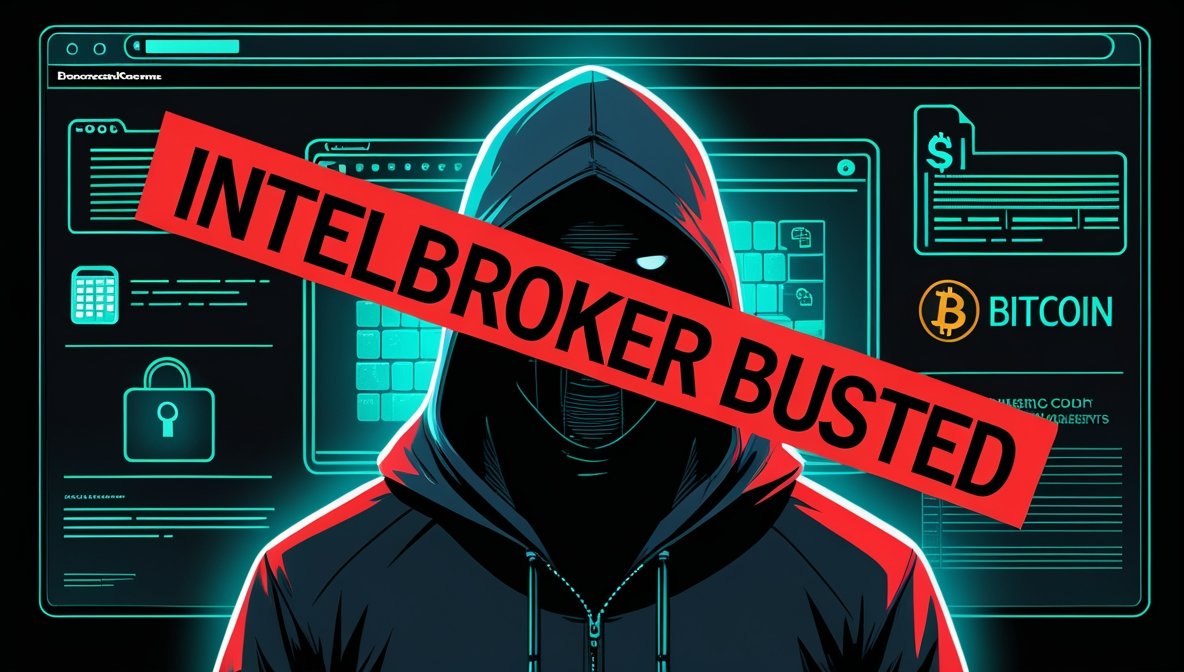The Ethereum ecosystem has received a powerful boost with the launch of the Ethereum Community Foundation (ECF), a grassroots initiative with a laser-focused mission: burn ETH and push its price to $10,000.
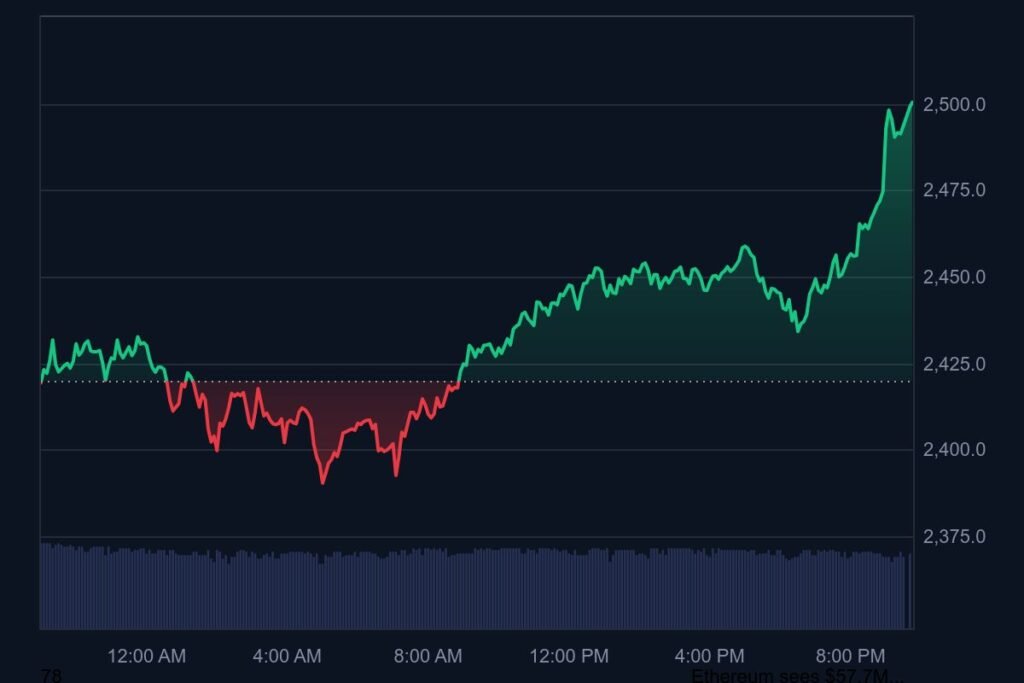
Unveiled by Zak Cole, a veteran Ethereum developer and managing partner at Number Capital, the ECF embraces the radical philosophy of “Eth Burn Maximalism.”
“No VCs. No equity. No tokens. Our upside is burning ETH and sending it to $10K. It’s that simple,” said Cole.
🔥 Burn ETH. Build the Future.
The ECF is rooted in Ethereum’s EIP-1559 upgrade, which was introduced in 2021 to burn a portion of every transaction fee. Since then, over 4.3 million ETH has been permanently removed from circulation—fueling deflationary momentum.
The ECF plans to accelerate that burn rate by funding immutable, tokenless applications that:
- Use only ETH for gas fees
- Are non-upgradable
- Deploy on mainnet
- And burn ETH instead of distributing tokens or taking profit
🏗️ Focus Areas and Ecosystem Goals
The ECF isn’t just burning ETH for spectacle—it’s strategically focused on areas that increase Ethereum’s real-world utility:
- Infrastructure development
- Institutional adoption
- Government engagement
By focusing on ETH as a global settlement layer, ECF aims to bring Ethereum into the financial mainstream.
📉 No Tokens, No Equity, Just Burn
The ECF explicitly rejects the traditional Web3 fundraising model—no venture capital, no token launches, no equity. Every dollar granted will go toward projects that contribute directly to ETH deflation.
While the funding source for ECF remains undisclosed, its mission has already resonated deeply with the community. Some believe ECF could prove more aligned with Ethereum’s vision than even the Ethereum Foundation (EF) itself.
🚀 Final Take: Will Burn Maximalism Take ETH to $10K?
The Ethereum Community Foundation represents a bold, purist experiment—a movement that wants to grow Ethereum not through speculative token launches, but by making ETH more scarce and more valuable.
With ETH currently hovering far below its all-time highs, ECF’s philosophy could mark a turning point in Ethereum’s next chapter—if the burn proves big enough.
You might also like: XRPL Goes Live on Dune: 2.2M Daily TXs, 5.6M Accounts
